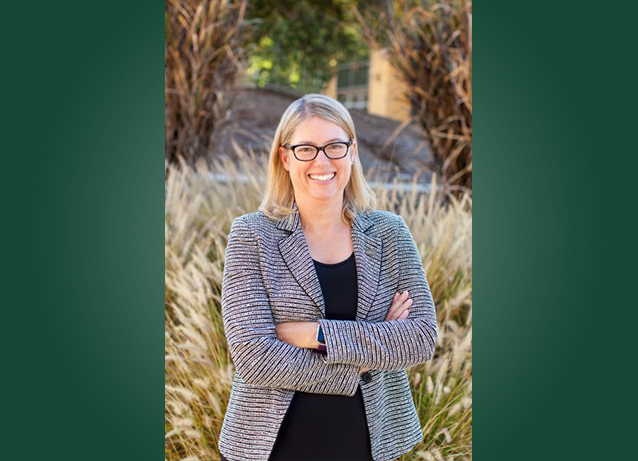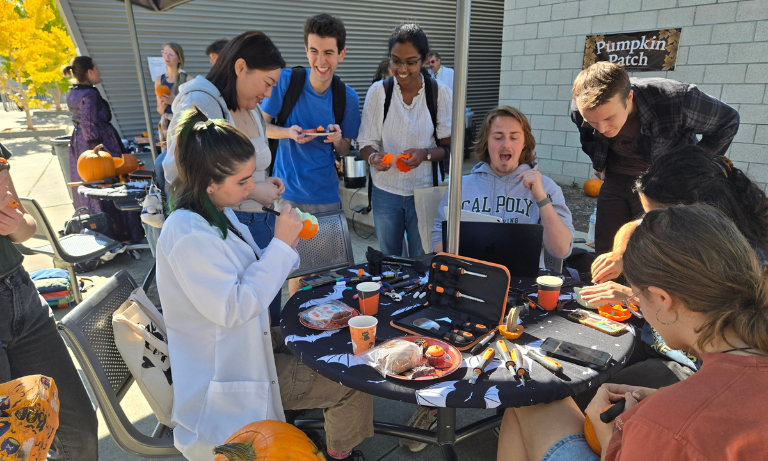Dean Amy S. Fleischer and a team of researchers from Villanova University and University of Minnesota published their paper “Life Cycle Environmental Impacts of Food Away From Home and Mitigation Strategies—A Review,” In the Journal of Environmental Management.

Authors
Tao Dai, Department of Mechanical Engineering, Villanova University; Yi Yang, Department of Bioproducts and Biosystems, University of Minnesota; Ross Lee, Sustainable Engineering Program, Villanova University; Amy S. Fleischer, California Polytechnic University; and Aaron P. Wemhoff, Sustainable Engineering Program, Villanova University.
Highlights
An up-to-date review of LCA on food away from home (FAFH) is conducted.
Insufficient data and standardization lead to diverse applications of LCA on FAFH.
FAFH is recognized as an important platform for promoting diet change.
Nudging and menu design are methods for promoting diet change.
Abstract
Food production and consumption are major drivers of global environmental change, endangering the safe operating space of many environmental areas. Globally, there has been a growing trend of dining out, termed food away from home (FAFH) here, but its environmental sustainability has received insufficient attention. In this review, we examine studies quantifying the life-cycle environmental impacts of FAFH and identify mitigation strategies across the food supply chain. Overall, previous life cycle assessment (LCA) studies focused on the composition of FAFH meals and pre-use life cycle stages, especially food production. Greenhouse gas (GHG) emissions of FAFH meals range from 0.134 kg CO2 e/meal to 13.2 kg CO2 e/meal for school canteen meals, and from 0.60 kg CO2 e/meal to 9.6 kg CO2 e/meal for other catering services. Meat ingredients are the dominant source in a variety of environmental impact categories, and the food production stage usually accounts for over half of the total GHG emissions in the FAFH life cycle. Supply side mitigation strategies include advancing farming practices, updating cold transportation technology, and improving building energy efficiency. Demand side mitigation focuses on dietary change towards meals with less meat ingredients, with nudging and sustainable menu-designing as the two primary groups of strategies. Areas of focus for LCA include improving modeling of building energy consumption related to food consumption, advancing uncertainty characterization of life cycle results, and capturing geographical variations in food production.


